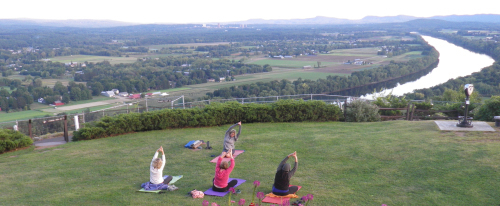Choosing a Point of View
Of all the elements of writing a novel, I probably talk least about point of view, shoving it behind considerations of character, setting, and my long hunts for plot. On the surface it seems a simple choice of three: writing using “I,” or the seldom-used “you,” or taking the more distant view of third person, which then offers its own choices about how much the narrator knows. I know people who’ve revised whole novels by changing the point of view, which becomes much more than switching pronouns and tenses. We’re always wondering what slips by a character, why she notices what she does, and whose words to believe. How does point of view become part of the story, as we consider how much the teller is the tale?
Poems also offer lots of chances to play with point of view in terms of where the narrator stands or crouches or leaps. Part of poetry’s delight can be the way they make readers crawl below the earth or through clouds. When teaching poetry to children, I sometimes ask them to stand on rocks and reach, or bend down and look from between their legs, or drop to hands and knees and investigate.
I got to do my own similar exercises last night, when nature-loving Jody at Pure Yoga decided to hold our evening class on Mount Sugarloaf. We hiked from the bottom, but my husband drove up a bit later and took a few pictures. Sometimes my nose was nestled next to grass. Then we’d flip over, and feel tucked in by sky. Doing the warrior pose shortly before sundown, I saw our shadows cross. Below was the busy road and the slower river, the fields and more mountains offering one story. Another one was close to our mats. Who might tell a story starting close to the sky?






